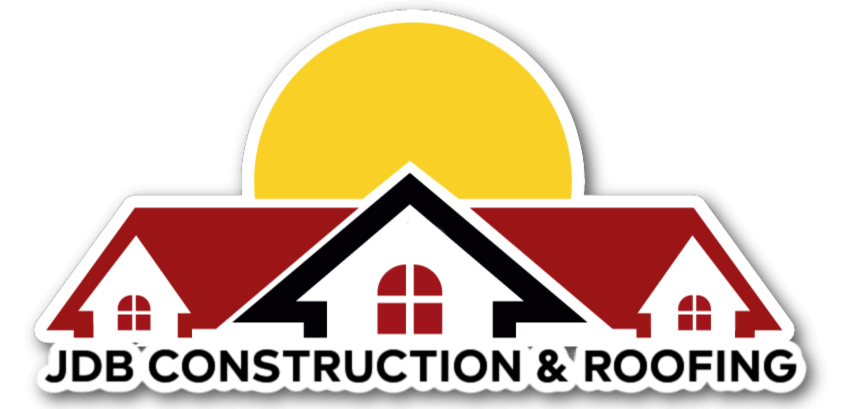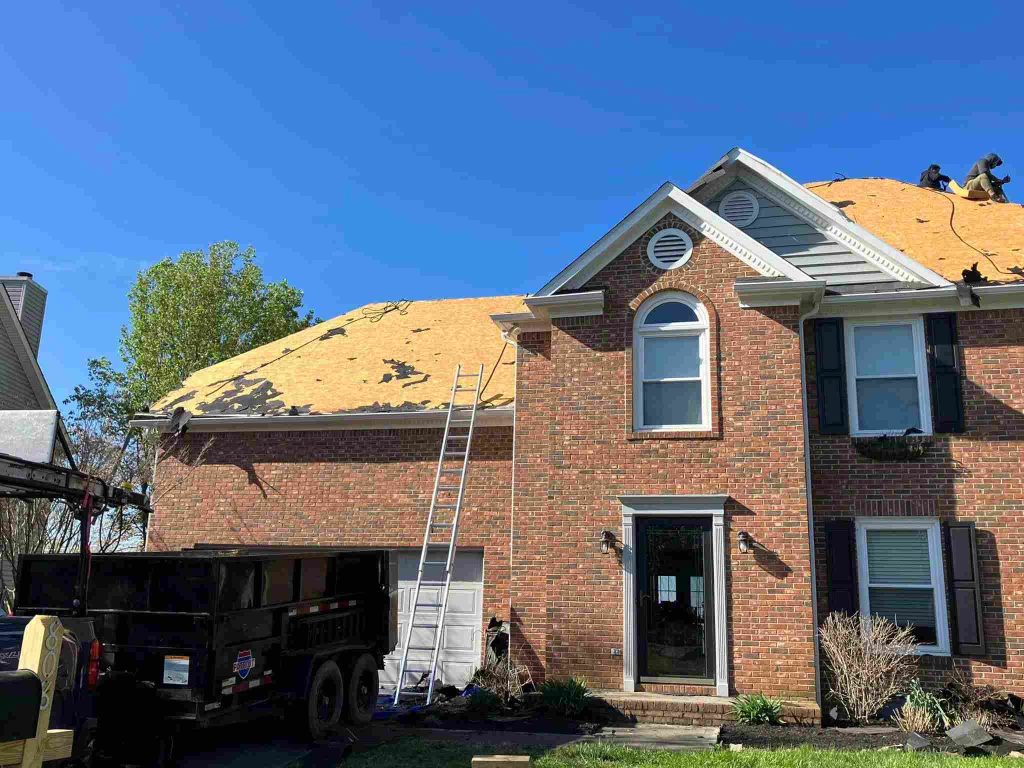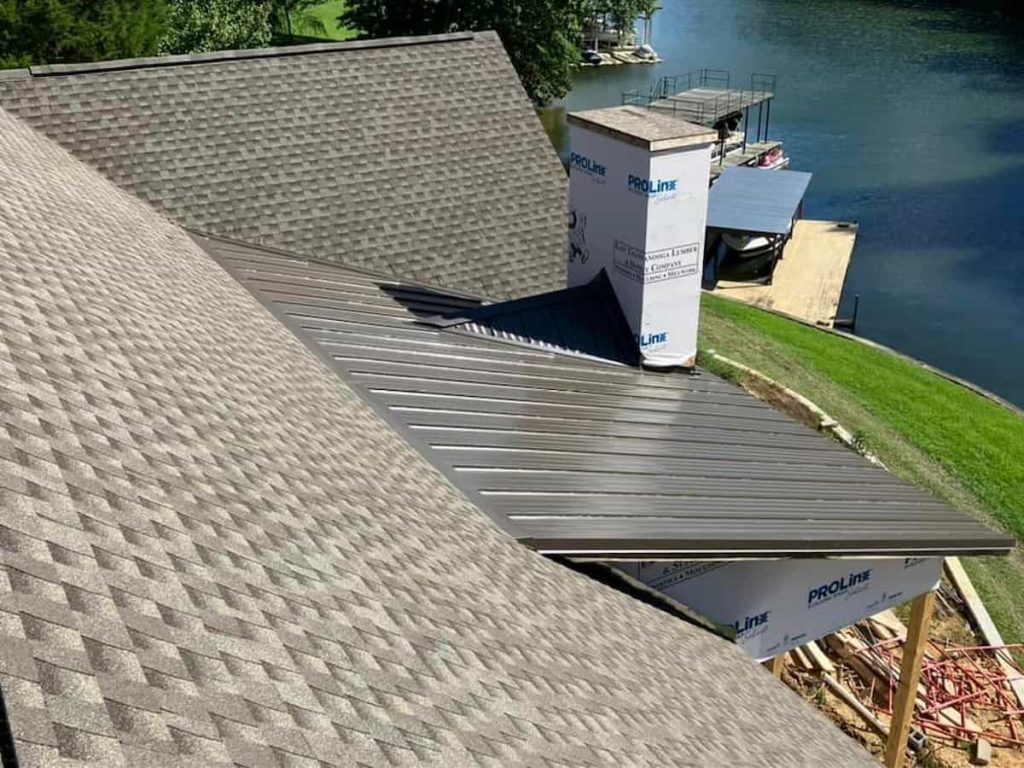Commercial building roof leaks can significantly impact business operations, potentially leading to costly damages and disruptions. Understanding how to identify, address, and prevent roof leaks is crucial for property managers and business owners. This comprehensive guide explores effective solutions for managing commercial roof leaks.
Understanding the Impact of Commercial Roof Leaks
Water infiltration through roof leaks can cause extensive damage to building infrastructure, inventory, and equipment. Beyond immediate structural concerns, persistent leaks may lead to mold growth, compromised insulation, and increased energy costs. Additionally, leaks can create unsafe working conditions and potentially violate building codes or insurance requirements.
Early Detection and Assessment
Professional roofing services emphasize the importance of early leak detection. Regular roof inspections should include examining interior ceiling tiles, walls, and structural components for water stains or discoloration. Outside, inspectors should look for standing water, damaged flashing, and deteriorated roofing materials. Modern detection methods may include infrared scanning to identify moisture-affected areas not visible to the naked eye.
Common Causes of Commercial Roof Leaks
Several factors contribute to roof leaks in commercial buildings. Age-related deterioration often leads to material breakdown and subsequent leaks. Poor installation or maintenance can create vulnerable points where water penetrates the roofing system. Additional common causes include:
Damaged or Deteriorated Flashing
Flashing around roof penetrations, such as HVAC units, vents, and chimneys, often develops gaps or tears over time. Regular inspection and maintenance of these critical areas can prevent many potential leaks.
Clogged Drainage Systems
Commercial roofing systems rely heavily on proper drainage. When gutters, downspouts, and internal drains become blocked with debris, water can pool and eventually find its way into the building.
Membrane Damage
Many commercial buildings utilize single-ply membrane roofing systems. These materials can develop tears, punctures, or separations at seams, particularly following severe weather events or excessive foot traffic.
Immediate Response Protocols
When a leak is detected, implementing immediate response protocols can minimize damage. First, contain the water intrusion using buckets or tarps to protect interior assets. Document the leak’s location and extent of damage through photographs and detailed notes. Contact experienced commercial roofing services promptly for professional assessment and repair.
Long-term Solutions and Repairs
JDB Construction and Roofing approaches commercial roof leak repairs with systematic methodology. The process typically involves:
Comprehensive Inspection
Professional roofers conduct thorough examinations to identify all potential entry points and affected areas, not just visible leak locations.
Detailed Documentation
Creating detailed reports of damage and necessary repairs helps building owners make informed decisions about repair strategies and budget allocation.
Strategic Repair Planning
Developing a structured repair plan that addresses immediate concerns while considering long-term durability and cost-effectiveness.
Preventive Measures and Maintenance
Implementing preventive maintenance programs significantly reduces the likelihood of future leaks. Essential preventive measures include:
Regular Maintenance Schedule
Establish consistent inspection and maintenance intervals, typically semi-annually or quarterly, depending on the roof’s age and condition.
Professional Cleaning
Regular professional cleaning of drainage systems and roof surfaces prevents debris accumulation and allows for early problem detection.
Weather Protection
Installing additional protective measures in areas prone to severe weather can prevent weather-related damage and subsequent leaks.
Cost Considerations and ROI
While addressing roof leaks requires financial investment, the return on investment becomes evident through:
Reduced Repair Costs
Early detection and repair of minor issues prevents them from developing into major problems requiring costly solutions.
Extended Roof Life
Regular maintenance and prompt repairs can significantly extend the useful life of commercial roofing systems.
Lower Operating Costs
Properly maintained roofs contribute to better building energy efficiency and lower utility costs.
Modern Solutions in Commercial Roofing
Advanced technologies and materials have revolutionized commercial roofing services. Contemporary solutions include:
Smart Monitoring Systems
Installation of sensors and monitoring equipment to detect moisture infiltration before visible damage occurs.
Sustainable Materials
Using environmentally friendly and energy-efficient roofing materials that offer superior durability and performance.
Advanced Coating Systems
Application of specialized coating systems that enhance water resistance and extend roof life.
Building Code Compliance and Insurance Considerations
Maintaining proper documentation of roof maintenance and repairs is crucial for:
- Meeting local building code requirements
- Maintaining insurance coverage
- Supporting warranty claims
- Demonstrating due diligence in property maintenance
Conclusion
Addressing leaking roofs in commercial buildings requires a comprehensive approach combining prompt response, professional expertise, and preventive maintenance. Working with experienced roofing services ensures proper handling of immediate concerns while implementing strategies to prevent future issues. Through proper maintenance and timely repairs, building owners can protect their investments and ensure safe, efficient operations for their tenants and employees.
Remember that professional assessment and repair from qualified commercial roofing services are essential for maintaining the integrity and longevity of your commercial building’s roof system.


